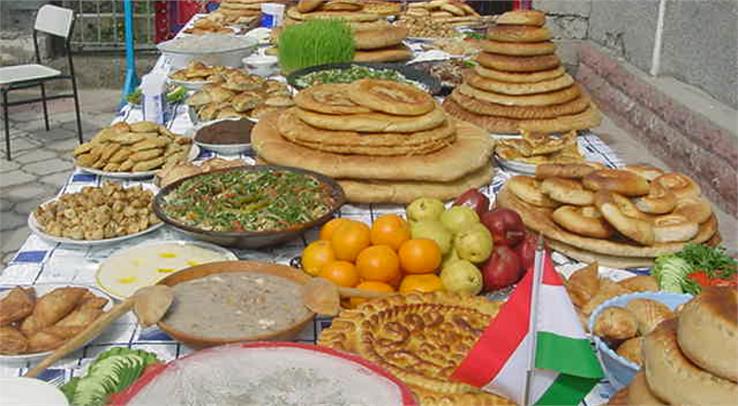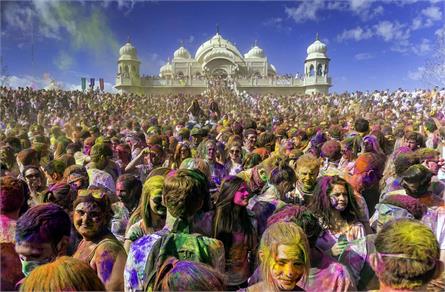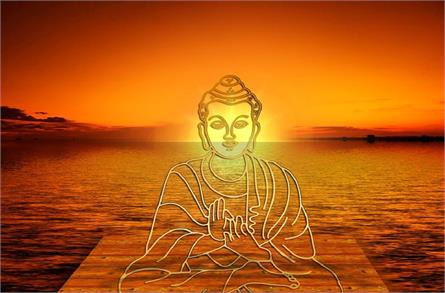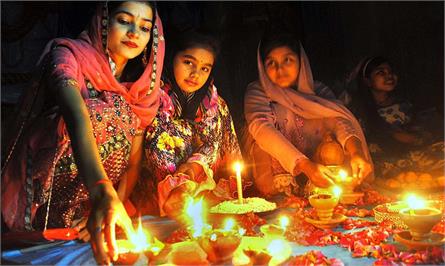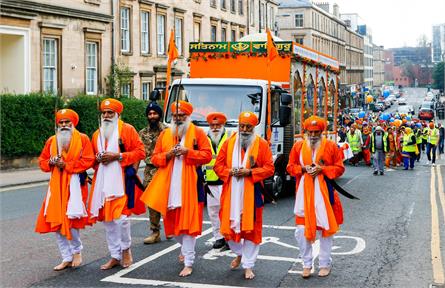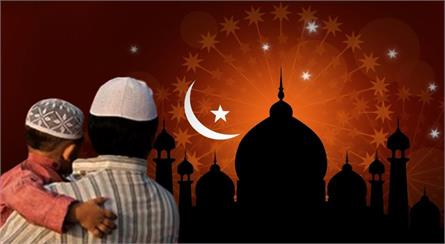"Gahambars: Ancient Persian Festivals Celebrating the Elements"
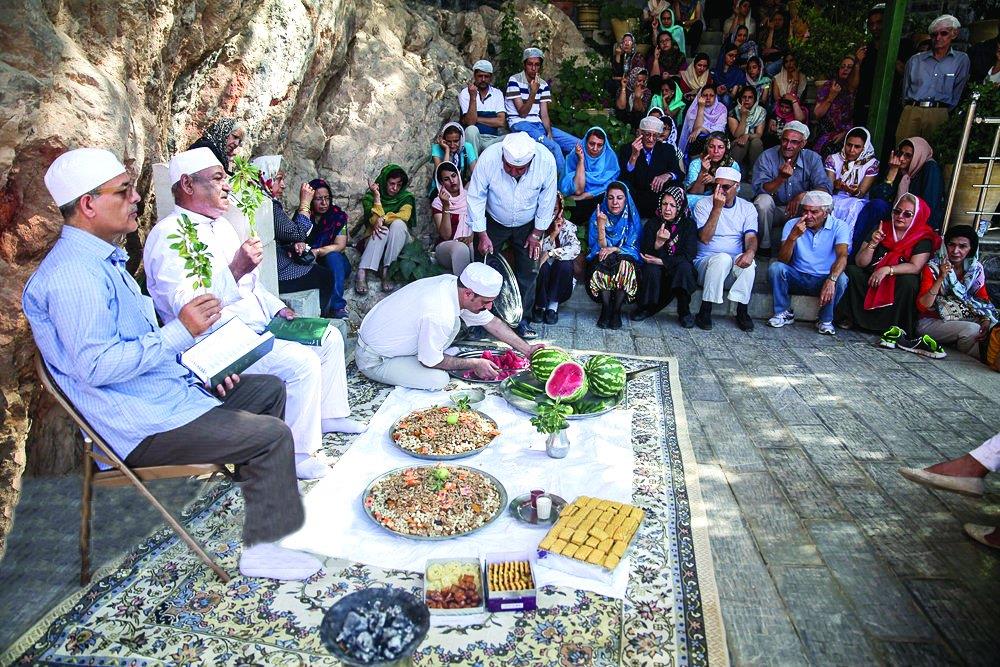
The rich tapestry of Persian culture is woven with a myriad of traditions, festivals, and celebrations, each reflecting the deep-rooted history and spiritual beliefs of the Iranian people. Among these, the Gahambars stand as unique and significant cultural events that have been celebrated for millennia. These ancient festivals, also known as Gahanbars or Gahanameh, are a series of six seasonal festivals that pay homage to the elements and the cycles of nature. Gahambars means “proper season.” These seasonal festivals occur six times during the year. Each of these festivals is celebrated for five days.
The Origins of Gahambars
The history of Gahambars can be traced back to ancient Zoroastrianism, the dominant religion of Persia, before the advent of Islam. Zoroastrianism places a profound emphasis on the worship of nature and the elements. The Gahambars were established as a means of celebrating the six primordial elements of creation: sky, water, earth, plants, animals, and humans. Each Gahambar corresponds to one of these elements and is celebrated at the height of its respective season.
The Six Gahambars
|
Sr. No. |
Festival |
Celebration Month |
|
1. |
Maidyozarem Gahambar / mid-spring feast |
April 30 - May 4 |
|
2. |
Maidyoshahem Gahambar, or mid-summer feast |
June 29 - July 30 |
|
3. |
Paitishahem Gahambar, or the feast of bringing in the harvest |
September 12 - September 16 |
|
4. |
Ayathrem Gahambar, or the bringing home the herds |
October 12 - October 16 |
|
5. |
Maidyarem Gahambar or mid-year or the winter feast |
December 31 - January 4 |
|
6. |
Hamaspathmaidyem Gahambar, or the feast of all souls |
March 16 - March 20 |
1. Maidyozarem (Mid-Spring)
This Gahambar marks the beginning of spring and celebrates the element of water. It is a time of purification and renewal, with rituals involving the cleaning of homes and bodies, as well as acts of charity and kindness.
2. Maidyoshahem (Mid-Summer)
Occurring in mid-summer, this Gahambar honors the earth element. It is a festival of gratitude for the bountiful harvest and agricultural abundance, often accompanied by feasting and communal gatherings.
3. Paitishahem (End of Summer)
As summer draws to a close, the Paitishahem Gahambar is celebrated to acknowledge the vital role of plants in sustaining life. It's a time for planting seeds and nurturing the earth for the upcoming autumn harvest.
4. Ayathrem (Mid-Fall)
Ayathrem is dedicated to the element of fire and occurs in mid-fall. Bonfires and torch-lit processions are common during this Gahambar, symbolizing the warmth and light needed to sustain life during the cold winter months.
5. Maidyarem (Mid-Winter)
This winter, Gahambar pays tribute to animals and the animal kingdom. It emphasizes the importance of compassion and care for all living creatures during the harsh winter season.
6. Hamaspathmaidyem (End of Winter)
As winter nears its end, the final Gahambar celebrates humanity. It is a time for self-reflection, personal growth, and acts of charity to strengthen the bonds of community.
Modern Celebrations
Although Zoroastrianism is no longer the dominant religion in Iran, the Gahambars have not been forgotten. In contemporary Iran, many people, especially those with Zoroastrian heritage, continue to celebrate these ancient festivals. The spirit of the Gahambars, with their focus on nature, community, and spiritual reflection, resonates with people of all backgrounds.
The Gahambars are a testament to the enduring power of tradition and the deep connection between culture and the natural world. These ancient Persian festivals continue to inspire and unite people, transcending religious and cultural boundaries. In celebrating the elements and the cycles of nature, the Gahambars remind us of the timeless wisdom of respecting and harmonizing with the world around us. They are a beautiful reminder that, in a rapidly changing world, some traditions are worth preserving for generations to come.


